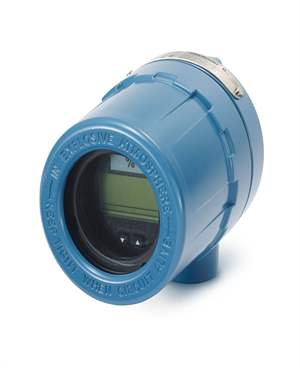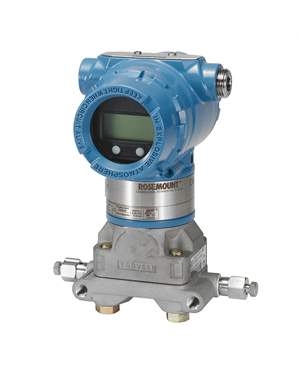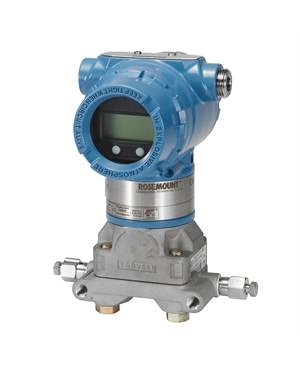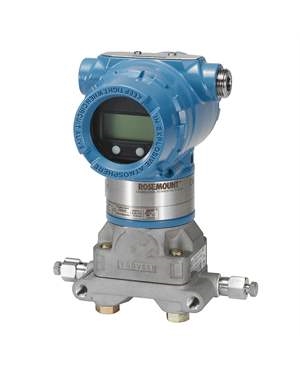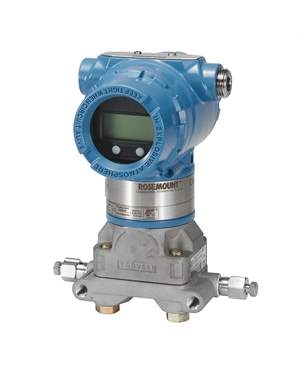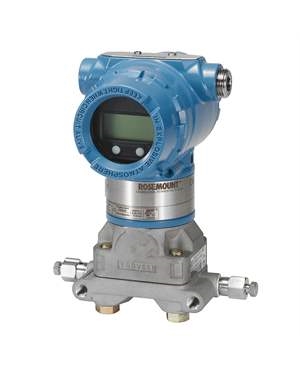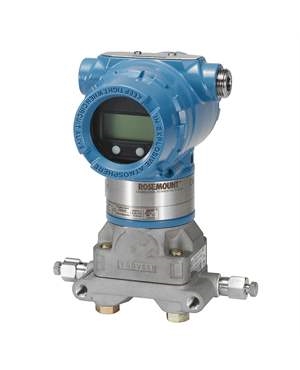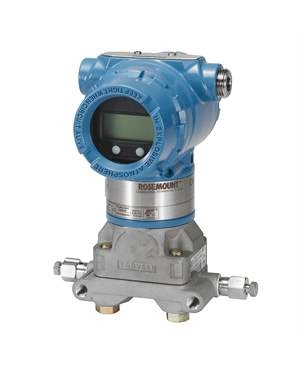A Look at Various Types of Industrial Transmitters – Part II
Brian Craig
April 20, 2018
In the preceding post, we had mentioned that transmitters are divided into three groups – type, signal production, and process instrumentation. We had also provided details of pneumatic and electronic transmitters, and its subtypes. In this post, we shall look at the transmitters, which are utilized for process instrumentation purposes.

Various Types of Process Instrumentation Transmitters
There are four basic types of transmitters that are used for process instrumentation. All of them have multiple common types that are used for various industrial applications.
- Flow: As the name suggests, these transmitters provide measurements on the flow of liquid or fluid. This transmitter type consists of a transmitter and a flow sensor in one product. This allows it to generate an output up to 20mA. Flow transmitters are designed using different technologies, these include ultrasonic flow sensors, differential pressure flow sensors, and velocity flow sensors.
- Temperature: The design of temperature transmitters includes a transmitter, and a temperature sensor. The sensor sends a signal to the transmitters, which calculates the temperature, and converts it into an output signal. There are two common types of temperature transmitters:
- Thermocouple Type: A temperature transmitter with a thermocouple sensor is capable of calculating temperature by measuring the electromotive force created by a change in process temperature.
- RTD Type: This temperature transmitter comprises RTD sensors, which change electrical resistance due to the change in process temperature. The relationship between these two aspects is used to calculate the temperature.
- Pressure: These transmitters are used to measure pressure in different processes. Pressure transmitters are divided into three types:
- Absolute Transmitter: This transmitter take vacuum pressure as its base, and then measures process pressure.
- Gauge Transmitter: This type measures process pressure with the location’s atmospheric pressure as a base.
- Differential Transmitter: When sensing units are introduced to multiple pressures as inputs, differential transmitters measure the differences between the various pressures.
- Level: These transmitters are designed to measure the level of a liquid of solid within an enclosed space or vessel. There are seven types of level transmitters, which include:
- Point Level: These are designed to provide an output signal when a particular measurement level has been reached. The output signal can be an electrical signal to turn on a switch, or an audible alarm.
- Continuous Level: This transmitter measures level within a particular range. It is also designed to provide updated measurements as the level changes.
- Ultrasonic Level Transmitter: Ultrasonic level transmitters allow for non-contact level measurements of bulk solids, or viscous liquids.
- Conductive Level: This type is used to measure different types of liquids at point level. Liquids can include water, caustic soda, and hydrochloric acids, and other corrosive fluids.
- Pneumatic Level: These transmitters are ideal for applications that comprise slurry or sludge. They can be used in applications that does not have electricity.
- Capacitance Level: This transmitter type is used to provide continuous measurement of non-conductive liquids that have a high dielectric constant.
- Hydrostatic based: As the name suggests, this transmitter relies on hydrostatic pressure to determine the level of a liquid.
When it comes to signal production, and process instrumentation, there are a variety of industrial transmitters to choose from. With these two posts, customers will have more knowledge when enquiring about transmitters for their industrial applications.
- Steam Boiler Drum Level Measurement A Comparison of Control System Technologies
- Furnace Flame Sensor Faults Everything You Need to Know for Safe Operation
- Comparison between Multi Valve Manifolds Block Valves and Bleed Valves
- Understanding Electrochemical Detection: Principles, Techniques and Environmental Application
- How Can Greenhouse Gas Emissions Be Reduced?
- Furnace Flame Sensor Faults Everything You Need to Know for Safe Operation
- Understanding Electrochemical Detection: Principles, Techniques and Environmental Application
- How Can Greenhouse Gas Emissions Be Reduced?
- Pneumatic Pressure Controllers: A Safe Choice for Hazardous Areas
- A Practical Guide to Vacuum Measurement and Operation
QUICK ENQUIRY
